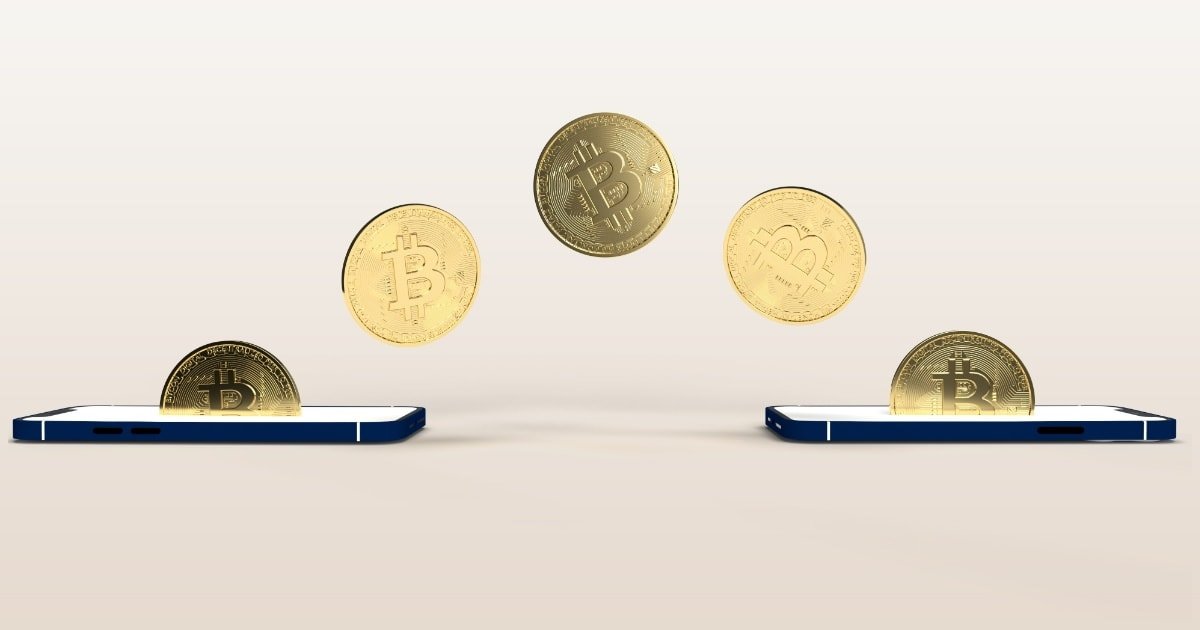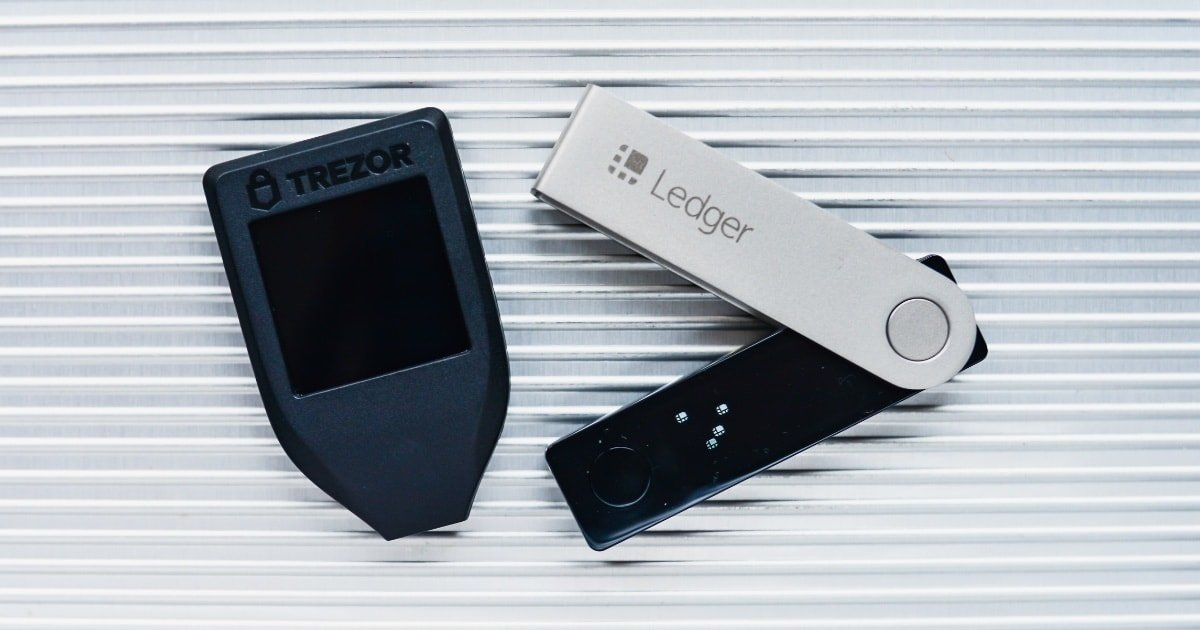Crypto 101: The difference between hot and cold wallets
There are different kinds of cryptocurrency wallets, and the four terms to keep in mind when purchasing one are hot, cold, custodial, and non-custodial. Here's what they all mean.
A cryptocurrency wallet is an app or device used to access cryptocurrency coins and tokens. Unlike a traditional wallet, a crypto wallet does not store coins. Cryptocurrency stays on a blockchain and is accessed with a private key.
When a wallet is set up it will provide this private key. This key is similar to a password and typically involves 12 to 24 words entered in a certain order. Even if the wallet is lost or destroyed, the private key can be entered into a new wallet to regain access to coins.
What is a Hot Wallet?
The term "hot wallet" is used for wallets that are always connected to the internet. A wallet can be a browser extension, mobile app, or desktop app. Hot wallets are suited for quick transactions.
But there will always be a security risk for internet-connected devices and apps, and hot wallets are prime targets. Hackers never rest, as shown in the hack of Poly Network in 2021. Although Poly Network is not a cryptocurrency wallet, it's an important example of how things can go wrong.
Some cryptocurrency exchanges let customers store coins within their ecosystem. A common saying with people in the crypto community is "not your keys, not your coins" and they advocate for everyone to use their own wallet.
For the iPhone, the best hot wallets to get started with are Exodus and MetaMask. Exodus allows for crypto purchases using Apple Pay and supports multiple cryptocurrencies. MetaMask is both a wallet and a browser and lets users connect to the Web3 ecosystem.
Other mobile wallets are available in our guide as an easy way to get started.
For the Mac, again, MetaMask is a popular browser-based wallet for cryptocurrency, decentralized finance, Web3 dApps and NFTs. It's used to interact with the Ethereum blockchain. Currently, MetaMask does not support Safari. Supported browsers are Chrome, Firefox, Brave, and Edge.
What is a Cold Wallet?
The opposite of hot wallets, a cold wallet is a device that can't connect to the internet, or can only connect manually. These appear in the form of paper wallets, an offline computer, or even a physical Bitcoin.
Private keys are generated offline and can be stored on paper or engraved onto metal plates. Wallet providers caution customers to never store these keys in a password manager or computer file.
Some cold wallets are in the middle. These are hardware wallets such as a Ledger or the Arculus that we reviewed. With these, private keys are generated offline but they can sync with an app.
By manually connecting to the internet, the wallet owner can minimize exposure and security risks. In that sense, cold wallets are more secure than hot wallets.
Electrum is a desktop wallet that provides cold storage for Bitcoin. It supports hardware wallets and the private keys never leave the computer.
Custodial and Non-Custodial
One aspect of using a cold wallet is that the owner is in complete control over the private key, and this is known as non-custodial. It's both a blessing and a curse because acting as your own bank can be risky.
If the private key is lost or destroyed, the cryptocurrency is inaccessible. This is a known problem in the crypto world. One estimate suggests that about 3.7 million individual Bitcoin are lost forever.
On the opposite side, custodial means that the private key is generated and stored inside the app. But the likelihood of recovering lost coins is greater with a hot wallet.
There are pros and cons to both, but that doesn't mean you have to use one or the other. A good rule of thumb is to buy cryptocurrency using a hot wallet and transfer it from there to a cold wallet.
Or, a wallet owner can keep the majority of funds in a cold wallet with a small amount in a hot wallet for everyday transactions. In this sense, a hot wallet can be thought of as a checking account, and a cold wallet is a savings account.
All of these wallets have different functionalities, but the common goal is to keep cryptocurrency safe. It's up to each person to decide if a hot wallet, cold wallet, or a hybrid approach is the right choice.
 Andrew Orr
Andrew Orr













 Wesley Hilliard
Wesley Hilliard




 Amber Neely
Amber Neely

 William Gallagher
William Gallagher







